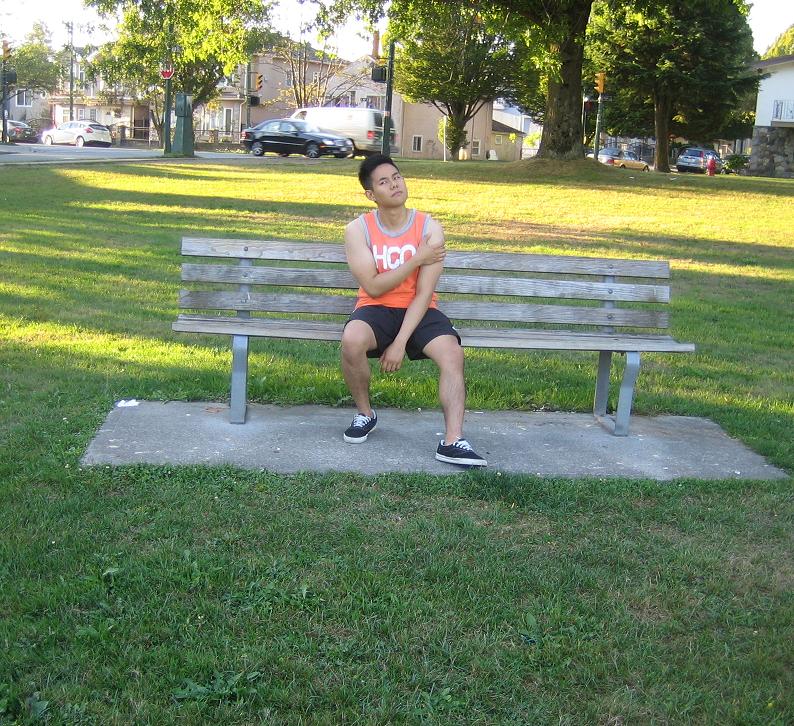Sun allergy is the most common form of allergy. It can happen to anyone. Generally, it is a condition in which an itchy rash develops on the skin after exposure to sunlight. The most common sun allergy is the polymorphic light eruption which is also called sun poisoning. The hands, the V of the neck, and some areas of the arms and legs that are not covered are susceptible to sun allergy. In addition, sometimes it also affects the eyes.
Types
- Polymorphous light eruption or PMLE is the most common allergy that happens to any exposed area of the skin. Generally, it is characterized by development of rashes, itchiness and sunburns.
- Hereditary PMLE sun allergy happens to people with an American Indian background and children are prone to this condition.
- Photo allergic reaction sun allergy which is due to using products that prevent the rays of sun from making the skin tan such as the sun block cream.

Apply ice on the affected skin to lessen the pain, the burning sensation and the redness of the skin.
Symptoms of sun allergy
- At first, development of rashes and the skin becomes red after exposure to the sun.
- Swollen skin, itchiness and burns
- These rashes will swell like some small pimples and cause severe itchiness.
- Blisters
- Dizziness
- In addition, red and watery eyes
- Red patches around the lips and white patches on the skin
- Hypersensitivity after a day or two after exposure to the sun for a long time
- Lastly, skin cancer when the condition becomes severe
Treatment
- Cool the affected skin and avoid exposure directly from the sun.
- Apply ice on the affected skin to lessen the pain, the burning sensation and the redness of the skin. Avoid ice directly on the skin. Wrap ice using a towel before placing to the affected area to prevent ice burns and worsen the condition. In addition, another alternative is soaking a facecloth in cool water and applied to the area is good for the condition.
- Cover blisters using dry bandages to prevent development of bacterial infections.
- Compress the affected area using equal amounts of water and milk is good for the condition.
- Use the prescribed pain medications to reduce the pain and the inflammation.
- Apply calamine lotion to the affected area several times every day to lessen the itchiness. Furthermore, another alternative is adding the calamine lotion to the bath water. Soak the body in the water for an hour.
- Using strong antihistamines creams or lotions that contain cortisone to lessen the pain and the itchiness of the affected area. In addition, it also prevents inflammation.
- Avoid dehydration by drinking at least 10-12 glasses of water every day.
- Lastly, take dietary supplements such as probiotics to improve digestion and elimination, for stable immune system and lessen the development of hives.
FACT CHECK
https://www.webmd.com/allergies/sun-reactions#1
https://www.health.harvard.edu/a_to_z/sun-allergy-photosensitivity-a-to-z
https://www.mayoclinic.org/diseases-conditions/sun-allergy/symptoms-causes/syc-20378077

